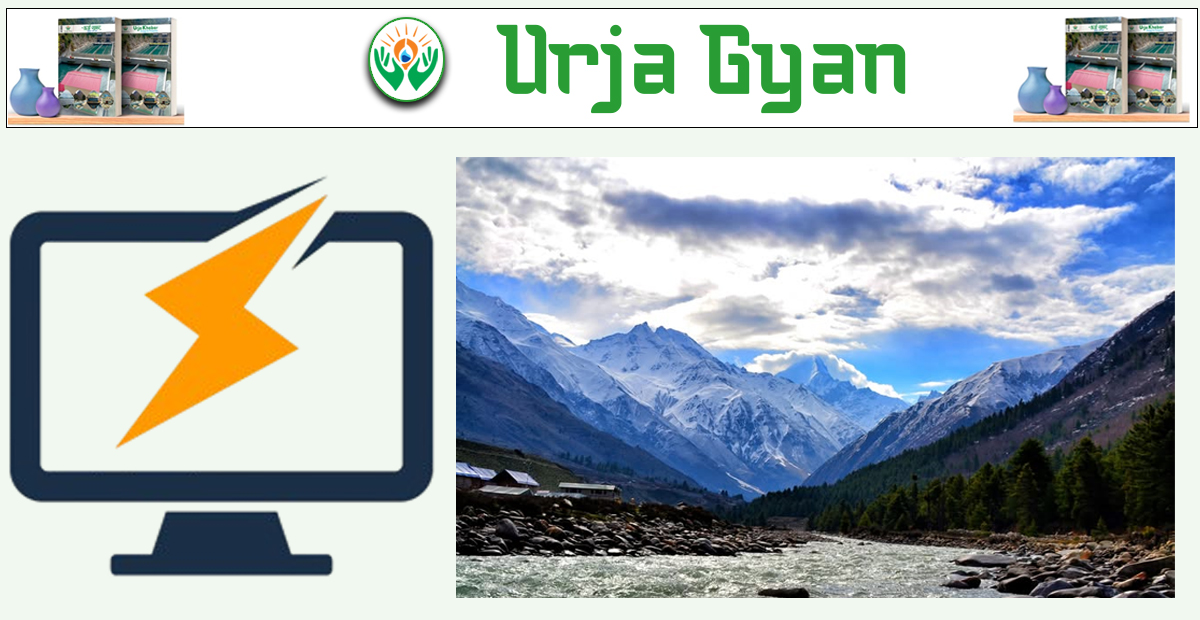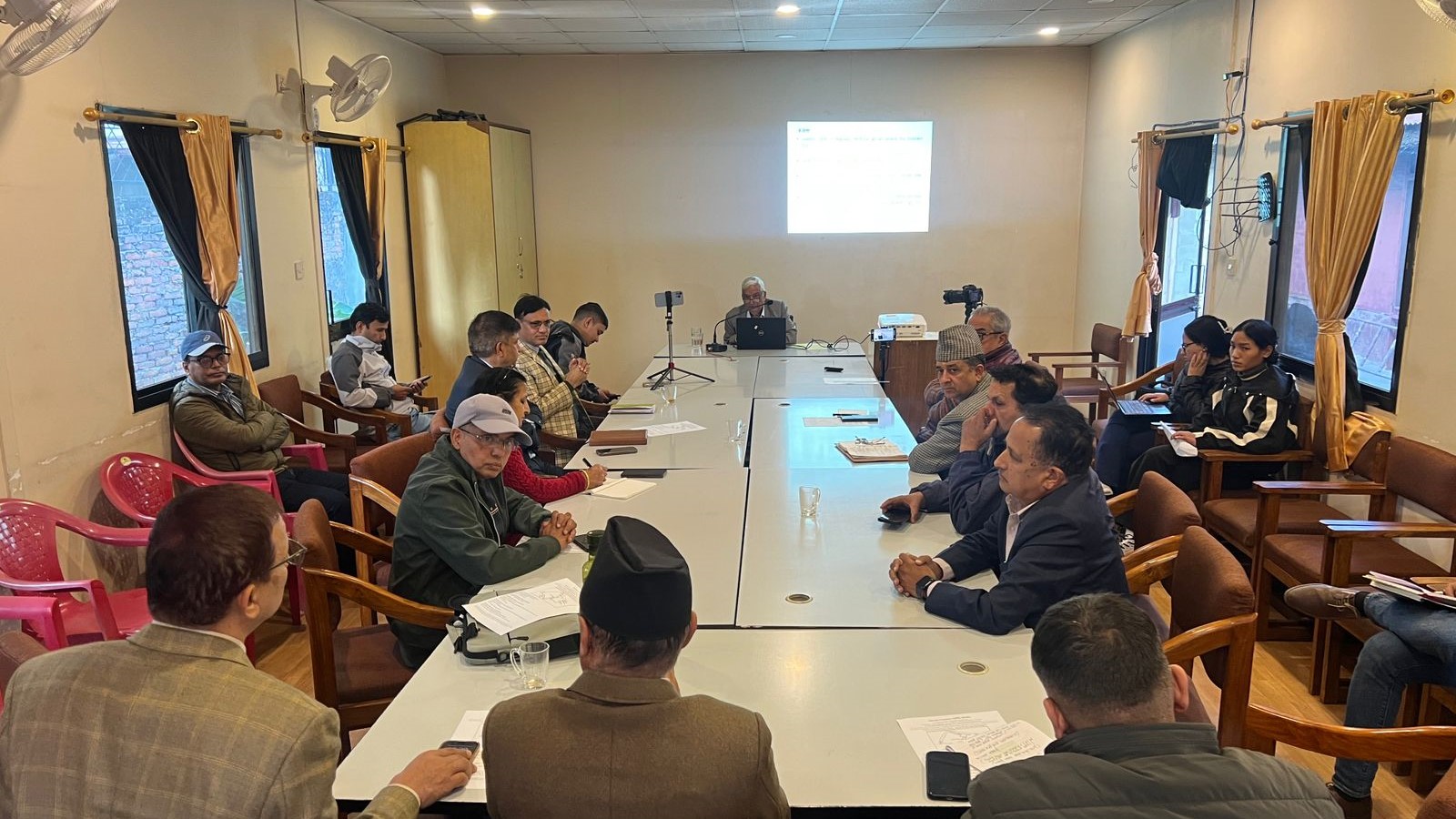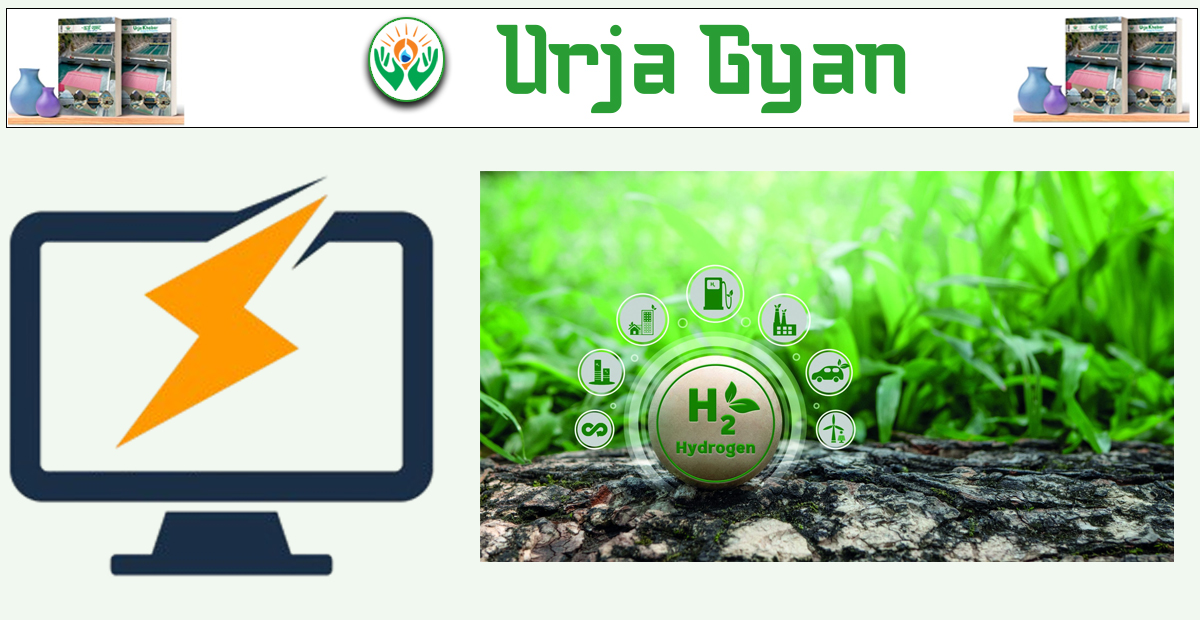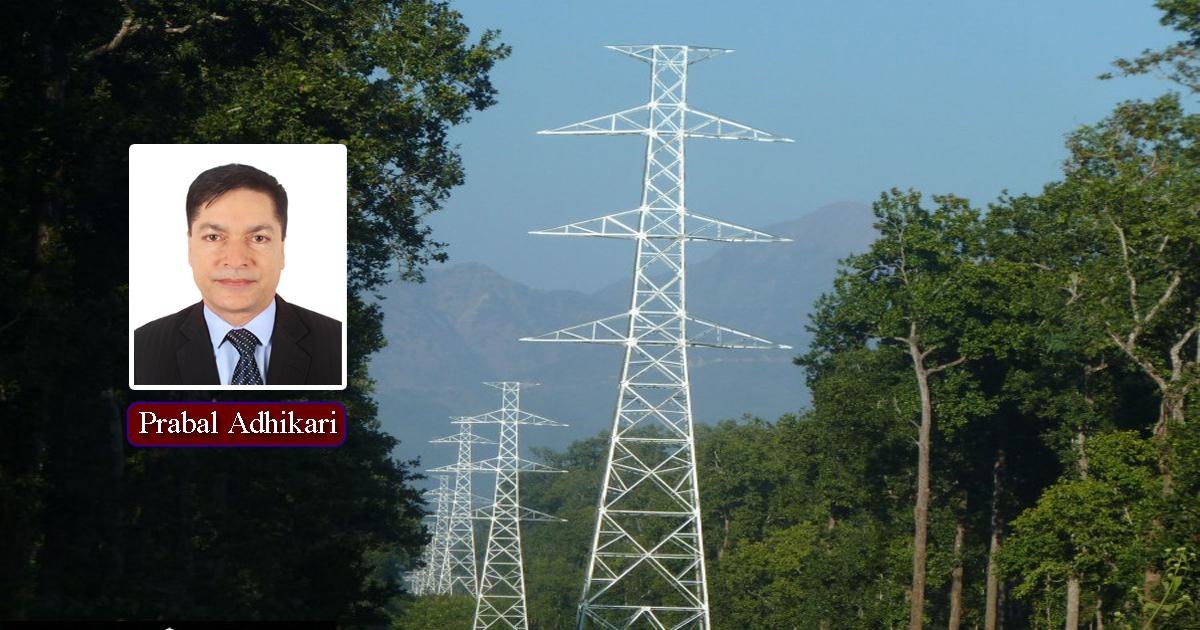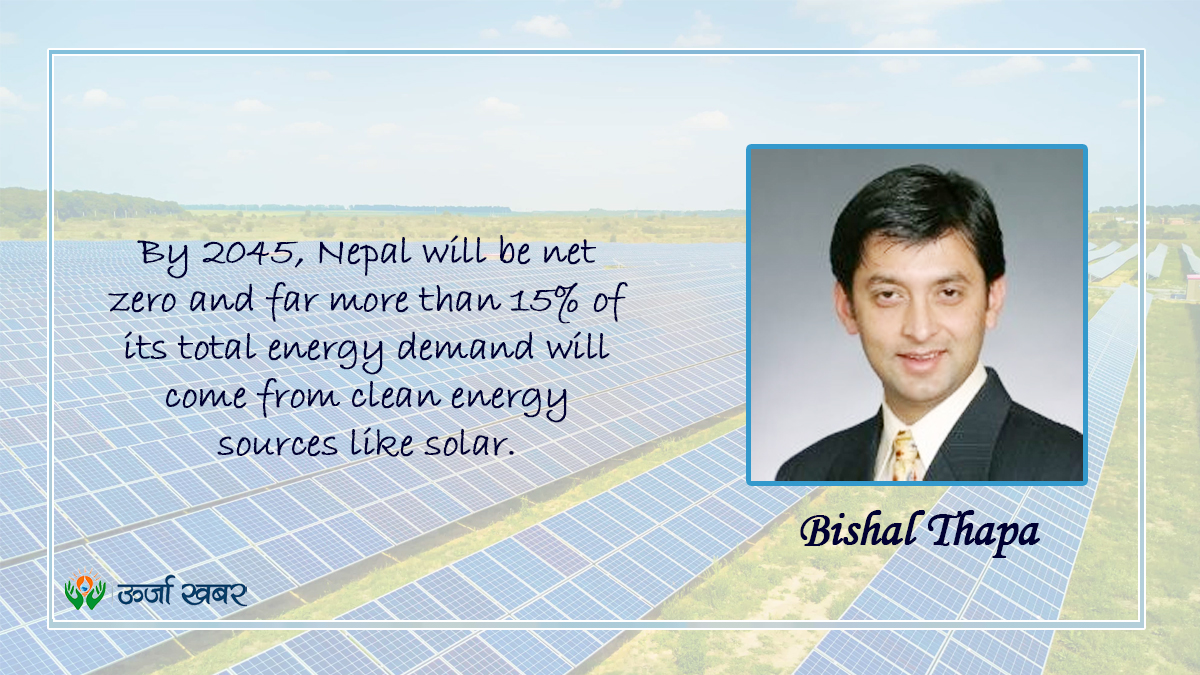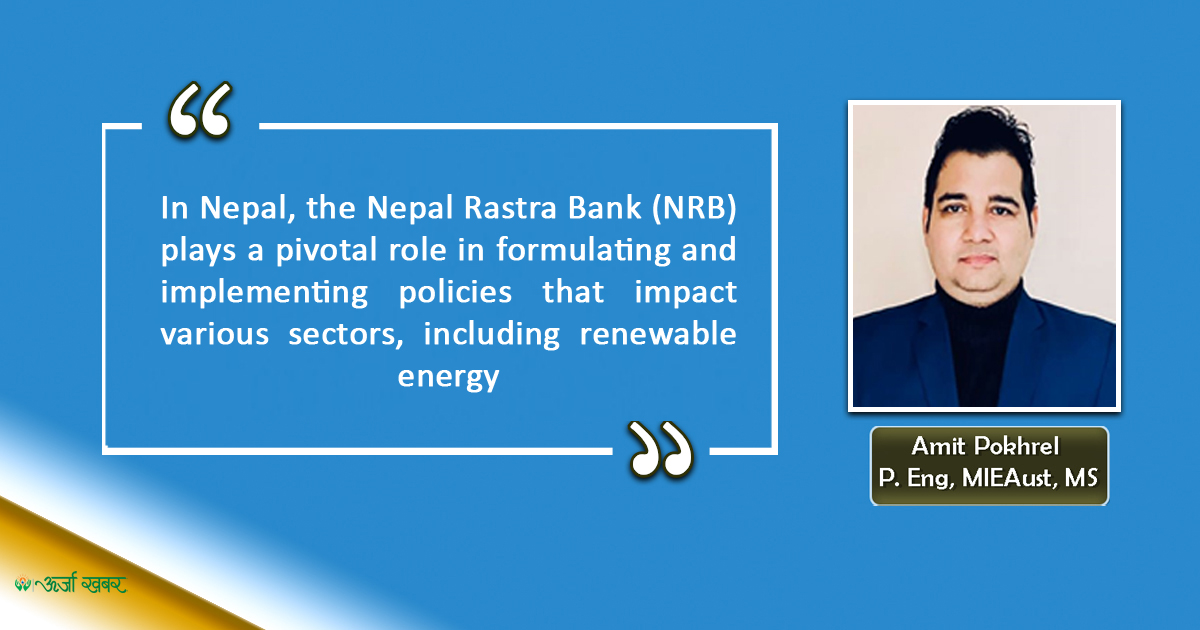Energy Update
Future of Nepali Hydropower Amid Climate Change Challenges
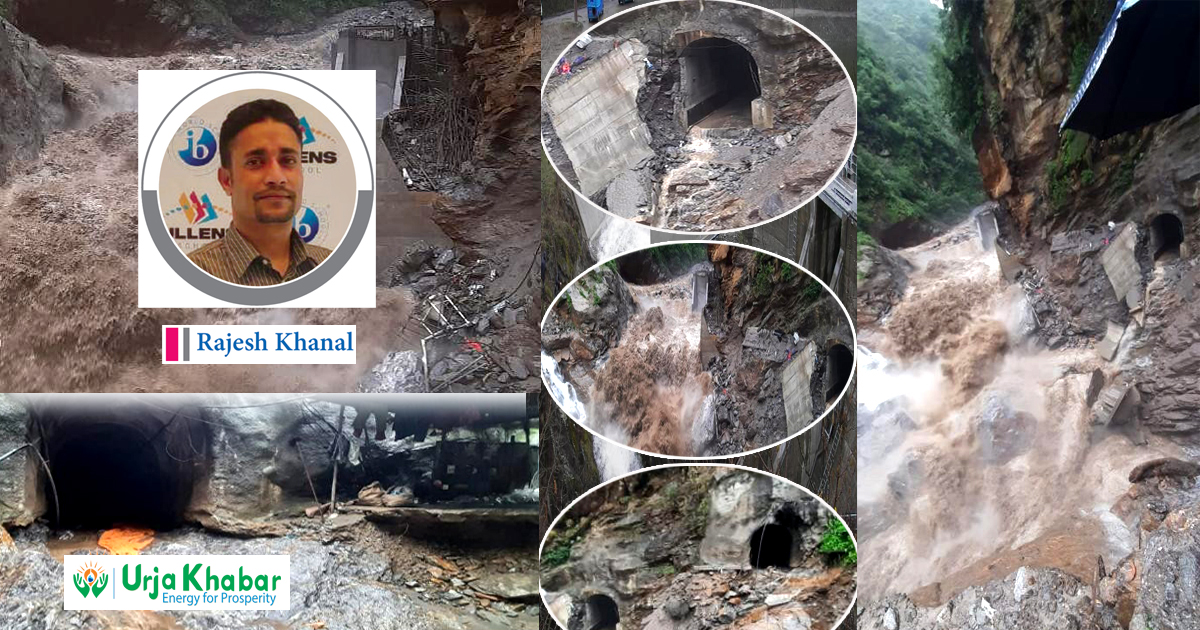
The floods and landslides on September 26-28, 2024 triggered by incessant rains have severely affected a number of hydropower plants across the country, causing a loss of billions of rupees to these power plants.
According to the Nepal National Disaster Risk Reduction and Management Authority, damage to 26 hydropower facilities has resulted in an estimated loss of Rs 3.018 billion. This loss has significant implications for energy supply, impacting both residential and industrial consumers. The Independent Power Producers Association Nepal (IPPAN) has claimed a total of 13 hydropower projects with a capacity of 626 MW were affected. In addition, another 15 projects of 1,010.29 MW also sustained major damages. A total monetary loss to these power projects amounts more than Rs 5 billion. It includes both the under construction and operating projects. Reconstruction of these projects will require substantial time and investment.

The Ministry of Energy, Water Resources, and Irrigation has reported that the floods and landslides have resulted in the shutdown of 1,100 MW of electricity production across the country, while the irrigation sector has also sustained damages amounting to NPR 1.35 billion. This has led to serious disruptions in the nation’s energy supply.
Among the major hydropower projects suffered, Upper Tamakoshi Hydropower Project (456 MW) shut down due to severe damage to its dam, control rooms, and canals. The project has been non-operational for three days, and the inability to resume operations in the near future poses a serious risk to load management. This project had been a major contributor to the country’s energy production. Despite expediting maintenance, the Nepal Electricity Authority (NEA) has failed to operationalize the project fully.

Likewise, Mandu Khola Hydropower Project (22 MW) sustained severe damage in its powerhouse due to flooding caused by the release of the Kulekhani Dam. Lower Hewa Khola Hydropower Project (22.1 MW) in Taplejung and Upper Trishuli 2 Hydropower Project (216 MW) in Rasuwa were among the affected projects.
The natural disasters also affected the distribution infrastructure including transmission lines in various parts of the country. The Tamakoshi River swept away Khimti-Lamosanghu Transmission Line, disrupting the flow of 200 MW of electricity to Kathmandu. Likewise, two transmission towers in the Kabeli Corridor were damaged by the floods, leading to a power outage in Ilam and Phidim in Panchthar. Among others, the Solu Corridor, Koshi Corridor, and Damak-Godak transmission lines were affected. In particular, Tower 51 of the Damak-Godak line was swept away by the flood.
Although there lacks uniformity in the data maintained by various government agencies and the IPPAN, the heavy destruction of operating and under construction projects brought about by the natural disasters cannot be undermined.
Details of damages on power plants
The September floods and landslides are reported have impacted the following projects:
Recurring problems
Nevertheless, the natural disaster caused risks this year has been apparent on a relatively bigger scale, the recurring of the incidents is not unusual in the Himalayan country, particularly in recent years. This has called on the need for constructing the power plants in different modality so as to minimize the losses and to address the energy demand of the country.
Floods of June 17, 2023 hit a number of hydropower projects operating in eastern Nepal. At least 30 hydropower projects in eastern Nepal suffered damage estimated at around Rs 8.5 billion due to floods and landslides during the monsoon of 2023. The figure represented the direct loss, while the indirect ones could be multifold higher.
The data with the IPPAN shows that hydropower projects under construction in Sankhuwasabha, Bhojpur, Panchthar, Taplejung with a total capacity of 369.33 megawatts suffered damages due to floods last year.
Previously, on June 15, 2021, floods damaged 26 hydropower projects in the Madi Corridor, Dordi Corridor and Marsyangdi Corridor. At that time, 10 hydropower projects in operation and 16 under construction projects were damaged. It was estimated that the damage was more than Rs 5 billion.
Growing challenges
A World Bank report has highlighted that Nepal faces massive infrastructure losses to climate changes related events. Even with no additional warming, there is the probability of floods destroying 2.6 percent of capital stocks (plant, equipment, and other assets that help with production) in built infrastructure over 50 years, the World Bank said in the Nepal Development Update report 2022.
Nepal contributes an estimated only 0.027 percent of total global GreenHouse Gas (GHG) emissions. On top of this, Nepal has focused on renewable energy, hydropower production, targeting 12000 MW by 2030 to fulfill its growing demand of 11,500 MW. However, the Himalayan country is likely to suffer one of the highest impacts of climate change.
Although hydropower is considered as a renewable clean energy, dam closure, influence within the downstream river and connected ecosystems have consequent impacts on hydropower production. Nepal’s topography offers more RoR types of hydropower, which is subjected to more risk of landslide, flooding and flash floods, among others.
The hydropower generated energy is still the major source of energy supply in Nepal. The river basins in Nepal sustain extensive pressure due to developmental and demographic growth. In addition, the erratic weather patterns—extreme rainfall in a short span of time, lack of rains for months, continued rain for several days and other unusual weather events—caused by climate change have become frequent in Nepal, affecting thousands of people and threatening the country’s hydropower potential.
The sector’s experts say that building hydel projects on the basis of 100 years’ water data doesn’t ensure their safety, as weather extremes have been escalating due to the effects of climate change. According to them, erratic weather patterns have become frequent in Nepal. In the past, the heavy rainfall in the high mountainous areas used to be very rare. But now, even in the mountainous areas, 100 milliliters of rainfall occur in a single day.
In the words of Climate Change Expert Manjeet Dhakal, the effects of climate change should be analyzed while building big projects. “Our infrastructures should be made compatible with possible adverse effects of climate change.”
Public and Private Sector
Currently, the installed capacity of electricity generated by the government and the private sectors has reached about 3,500 MW. About 70 percent of this is generated by the private sectors. However, the risk of private sector projects is higher than that of the government run projects. A general analysis of the floods of 2023 and 2024 and their impacts on the hydropower sector shows that private sector projects sustained major damages.
Projects such as Kaligandaki 'A' and Madhya Marsyangdi promoted by the Nepal Electricity Authority were not significantly affected, but more than 200 private sector projects promoted in the central and eastern regions of the country suffered serious damage.
Energy Supply Crisis
With the cessation of 1,100 MW of power production, the NEA imported an additional 300 MW from India to maintain smooth power supply. The state-owned power utility faced additional monetary losses as it could not export electricity to India amid peak production season. Although the Upper Tamakoshi Hydropower Project has partially resumed its operation, it is estimated to take another few months to fully operationalize its working. This created potential risks to the household sector to undergo load shedding again, while industries face inadequate power supply in their daily operations. The agricultural sector also suffers a lot due to damage in irrigation systems.
Immediate impacts
(a) Physical damage: The risk of damage to reservoirs, dams and power plants of hydropower projects due to floods and landslides following heavy rains has increased immensely of late. Landslides are also likely to affect canals, tunnels and transmission lines. The rain of June 2024 damaged transmission towers in Dang and Kailali. This disrupted the electricity supply of the national transmission line.
(b) Unbalanced water flow: As the rate of melting of glaciers increases, the availability of water increases, leading to seasonal fluctuations. Excess water during the monsoon and lack of water during the dry season will cause instability in hydropower production. In addition, the life of the project will be reduced due to the accumulation of water-borne materials such as stones, soil, silt, and gravel in the river bank areas.
(c) Delays and cost increment: When natural disasters disrupt construction work, both the time and cost of hydropower projects will be affected. These incidents are recurring at present. Additional investment will be needed in damage reconstruction and risk mitigation, which will make the project more expensive.
Long-term impacts
(a) Reduction in water resources: Global warming will reduce the number of glaciers, which is likely to pose a challenge to the sustainability of hydropower projects. Studies have shown that there will also be a significant reduction in the rate of recharge of groundwater and river systems.
(b) Impact on energy market: The Government of Nepal has projected to export 15,000 MW of electricity to India and Bangladesh by 2035. It is likely that the reduction in water resources will have a direct impact on electricity production. This is likely to be seen within the next decade. This will affect not only the external but also the domestic electricity market of the country.
The National Development Plan (NDP) prepared for the next 30 years (2021-2050) states that the decrease in rainfall compared to the past has led to a decrease in water flow in rivers and streams. This could be the reason behind the decrease in hydropower production by 6.9 percent in the fiscal year 2020/21. This will also have an adverse impact on electricity exports.
According to the Nepal Electricity Authority, nearly two billion units of electricity worth a total of Rs 17 billion was exported to India in the fiscal year 2023/24. Export of 40 MW of electricity to Bangladesh has also started since November 15, 2024. The decrease in the flow of rivers and streams is likely to have a direct impact on production and hence the export.
(c) Environmental-social impact: Floods and landslides will damage human settlements and agricultural land and increase social imbalance in the project area.
(d) Hazardous glacial lakes: Many of the hydropower projects in Nepal are situated at the lower belts of glacial lakes. Therefore, there is a risk of massive damages to hydropower projects if the glacial lakes burst. A study conducted jointly by the International Centre for Integrated Mountain Development
(ICIMOD) and the United Development Nations Programme (UNDP) in 2000, indicated that 47 glacial lakes are at risk of bursting. Of these, 42 glacial lakes in the Koshi Basin in the eastern region alone are at risk. Eighteen are in different parts of Nepal, while the remaining 24 are in Tibetan territory.
According to the ICIMOD, the impact of climate change in the Hindu Kush Himalayan region is three-times higher than the global average. In the decade from 2011 to 2020, the rate of glacier melting in the region was 65 percent higher than the previous decade.
Worldwide, 15 million people are at risk of glacial lake outburst floods. One-third of them live in India (3 million) and Pakistan (2 million). In 2020, a NASA research team estimated that there will be 30 to 70 percent more landslides to take place in the Nepal-China border area from 2061 to 2100. Many glaciers and glacial lakes are situated in this region.
(e) Risk to the economy: It is estimated that the contribution of clean energy to the world's gross domestic product (GDP) by 2023 was about 320 billion US dollars, which made up 10 percent of the world's GDP. According to the National Statistics Office, the energy and hydropower sector contributes the most to Nepal's GDP, accounting for about 19 percent in FY 2023/24.
Although the private sector is largest the sector, country's the investor in hydropower government also needs to take charge. As the private sectors bear the direct losses through damages, the government faces additional financial burden for compensation indirectly. According to the World Bank,
floods and other disasters will damage 2.6 percent of Nepal's infrastructure in the future.
According to Climate Analytics, if global temperature continues to rise as at the current pace, Nepal's GDP will be affected by about 18 percent by 2050 and more than 60 percent by 2100. Similarly, research by the Asian Development Bank (ADB) has shown that the impact of climate change could reduce the GDP of developing Asia and the Pacific region by 17 percent by 2070.
Restoration Challenges
The full extent of the damage is still being assessed, and significant time and resources will be needed for reconstruction. The restoration of hydropower projects, transmission lines, and irrigation structures will pose major challenges in the coming days.
This disaster has profoundly impacted Nepal’s hydropower production, creating immediate and long-term challenges for the nation’s energy supply system. Share market was also affected adversely due to losses triggered by the natural disasters on the hydropower projects.
The private sector power producers had sought relief measures from the government in terms of tax subsidies, customs duty waiver and interest subsidies on loans, but in vain. This creates severe challenges to them to manage financial resources for reinvestment.
Insurance sector was among the suffered, due to surged insurance claims. Insurance companies have received claims of Rs 11.82 billion. But they have settled claims of slightly above Rs 1 billion till the date. Of the 1,653 claims against assets insurance, 398 were settled. Out of insurance claims related to hydropower and irrigation projects, 38 worth Rs 311.28 million were settled, according to the Nepal Insurance Authority.
Mitigation Measures
(a) Some policy recommendations:
1. As the rivers witness decline in water flow during the dry season, the promoter's income also decreases along with a fall in electricity production. In addition, the promoters have to pay 'hydrological penalty' for being unable to supply the specified electricity to the energy grid. The penalty provision has been removed in the 81-point action plan of the 'Roadmap, 2081' for the projects bigger than 10 MW. It can provide relief to promoters and investors in the coming days.
2. Since climate change-related disasters can hydropower affect project, any both the under-construction and operating projects must be made mandatory to purchase insurance policies for both property damage and income disruptions.
3. Run-of-river, reservoir and semi-storage, pumped storage projects should be promoted under the concept of production mix.
4. The government should adopt effective mechanisms in forecasting and early warning systems of climate change related disasters.
5. Projects should be made mandatory to include the Climate Risk Assessment (CRA) while receiving permits, and to adopt the project design and strategies accordingly.
6.Make arrangements mandatory for implementation of dam safety guidelines for reservoir projects.
7. Make necessary arrangements for coordinated operation of cascade projects to mitigate impacts of floods and droughts in their procedures.
8. Make policy arrangements to build climate-resilient structures during project construction and monitor whether or not they are being built.
9. Extension of production license term, by considering emerging climate change.
10. Make a legal provision for exemptions of customs duty on imported equipment that are targeted to replace damaged infrastructure and waiving ‘capacity royalty’ to suffered projects for specified duration.
11. Maintain provisions in new Electricity Act not to increase ‘energy royalty’ and ‘capacity royalty’ citing possible rise in costs due to climate change induced hazards in future.
(b) Reform in construction design
It is also essential to improve the design and study/research of hydropower projects. In addition, it needs to consider the impact of climate change on water resources as an integral part of the study. Similarly, while designing structures, flood assessment should be done not only based on the flow of water but also on the debris flow. The methods currently used to study hydrology for hydropower need to be extensively improved and updated. Integration of the hydrometer stations maintained by the private sector with the stations of the Department of Hydrology and Meteorology is essential while early warning systems should be improved and reliable.
Precautions should also be taken during the construction of hydropower projects. While constructing access roads, there should be no indiscriminate cutting of trees, digging, indiscriminate dumping of excavated soil, and proper management of flood water (sewage). Failure to do so, will increase the risk of landslides, which can cause more damage to the project mainly during the rainy season. Realistic flood assessments and structural design, including headworks and powerhouses, while designing important structures, and constructing powerhouses by leaving the 'right of way' of the rivers, can significantly reduce damage.
This feature news is taken from the 7th issue of urja khabar, a bi-annual magazine. Which was published on 7 January, 2025.
Conversation
- Info. Dept. Reg. No. : 254/073/74
- Telephone : +977-1-5321303
- Email : [email protected]






